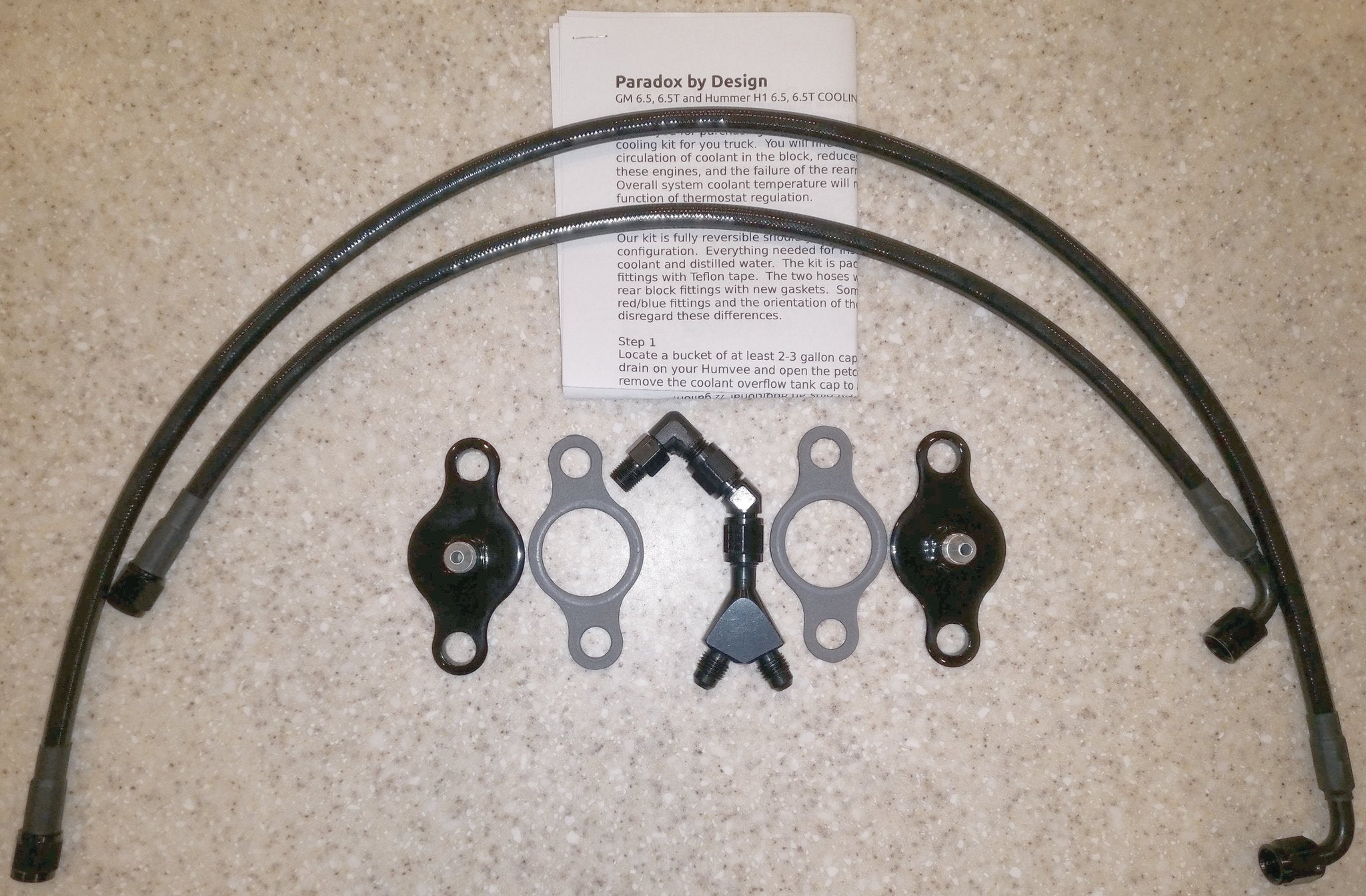Tell you what. A very simple a cheap test you could do to see if this bears any feasibility is to build a simple injector pop off adapter out of an old bottle jack, injector, and injector line. You can setup your inductive heater over the injector and heat it up however you like. Then test for any seizing that likely will happen in a close tolerance device like that. You could observe flow/atomization unheated along with heated. And more importantly if/when the injector hangs closed or open.
I'd highly suggest NOT using diesel fuel for this test as it's a recipe for danger though. But it can at least show that if a injector can bear any sort of reliance in the means you're wanting to attempt.
You could also simply use propane in a diesel to help act as almost a catalyst to ensure complete burn in the cylinder. I've ran propane on two trucks I've had in the past with great results. Granted the net gain was minimal.
Good morning Patracy,
The ideas I have shared here are not just on paper design but the result of research and trial and many errors and fails.
And yes, there will be the need for some needle honing and tuning to remain operable for most nozzles and needles, but it varies with make, engine, injector body type, etc... this is an individual discovery area.
At 750 F the nozzles and needles will need more maintenance as well, more dismanteling and cleaning and they will wear out sooner than with regular use. Half life is what I am talking about here and maintenance, i.e. removal, dismanteling, cleaning and re-assembly will also be required will also be essential, not every 10.000 of course.
When heating up the fuel line, I have had injectors jam and I have had others that work just fine, as said very variable from brand to brand and engine and injector body.
In an ideal setup, one should be able to measure the fuel temperature at the nozzle tip, but obviously that is not possible. At the nozzle tip fuel temperature should be 750 F to be perfect.
WIth fuel entering the injector at 750 F, the actual temperature of the fuel being injected at the needle tip is much, much lower, less than half the 750 no doubt!!, just because the fuel is cooled down by the injector body, the cylinder head, the cooling system proximity. But even then, the net result should give considerable gains in fuel economy and open the road to the ultra lean and clean, low emmission diesel which no longer requires obstructing engine and turbo killing DPF filters, Add Blue crap etc!!
As for using diesel fuel at high temperatures, rest assured, high heated diesel may only ignite when in contact with oxygen and I say may, because it is not always the case; most often it simply evaporates in the air!
Not a bad idea you have tried with propane in a diesel!
The issue with diesel engines as they are, is however that they do not burn clean, only a fraction of the injected fuel is oxydized in the ignition phase and the bulk of the fuel needs to be processed in the exhaust system... wasted.
Let me inform you of one step further I am going: my home heating system runs on domestic diesel fuel. The entire boiler and heating kettle needs maintenance and cleaning due to soot and carbon build up. Cause is the incomplete burn of the cold (barely warmed up) sprayed diesel fuel in ambient temperature air.
These heating systems are very ineffective. Not sure what the rules are in the USA, but during the mandatory annual maintenance the technician will always adjust your burner to "optimize" the efficiency and then they measure and finally hand you the result, which then comes out like: "93% efficiency". This sounds great and makes you smile, doesn't it!?!?
But what that actually means is this: the base line they start off of is 50% efficiency at best and of those 50% you have reached a 93% efficiency, which actually means 46%. The seemingly "high efficiency" values have simply been created to give the customer a "warm and fuzzy feeling" of high rentablity of his diesel fuel heating system.
Same applies here: preheat the fuel to 750 F and then inject it in the boiler and spark it (you will need to spark it because there will be no autoignition!); let it now burn completely and clean and get heating from your fuel instead of soot and unburnet exhaust fumes!!
There are other challenges here that require your attention however. The line pressure must be sufficiently high to keep the fuel from boiling in the feed line, also this may cause carbonizing inside the fuel line; the nozzle must be of a closed nozzle type with a shut off needle valve that opens only after the preset pressure is reached,... etc, but also here I am slowly getting closer to the solution.
Best,
Jake




